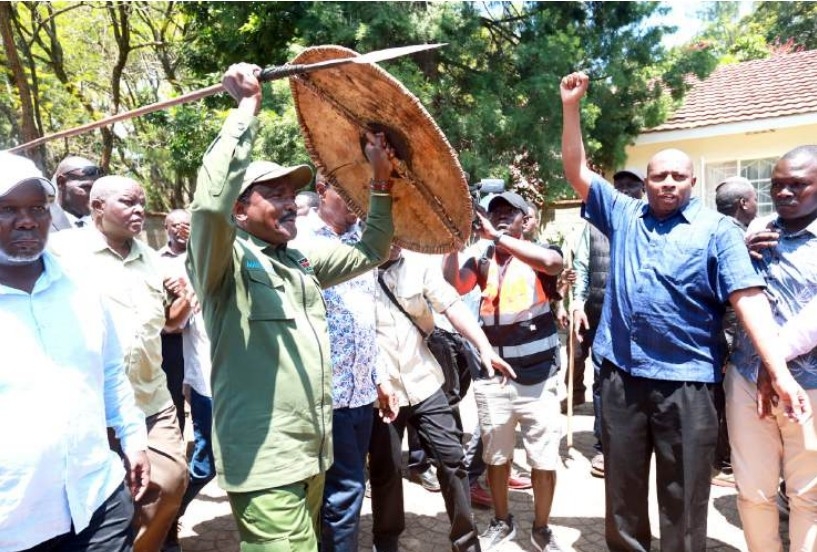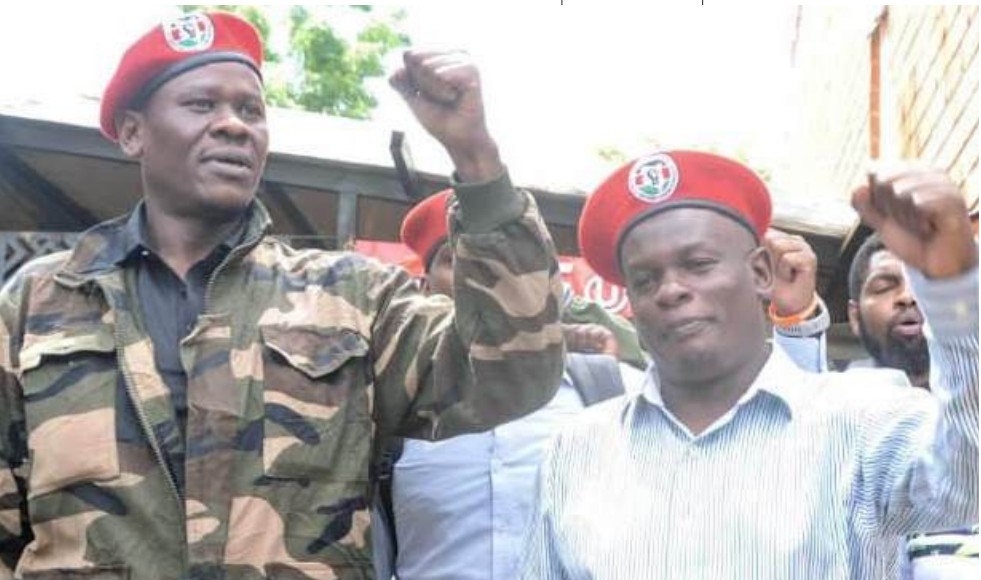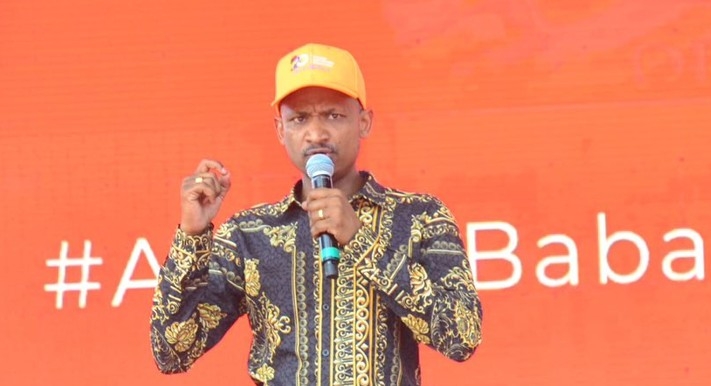
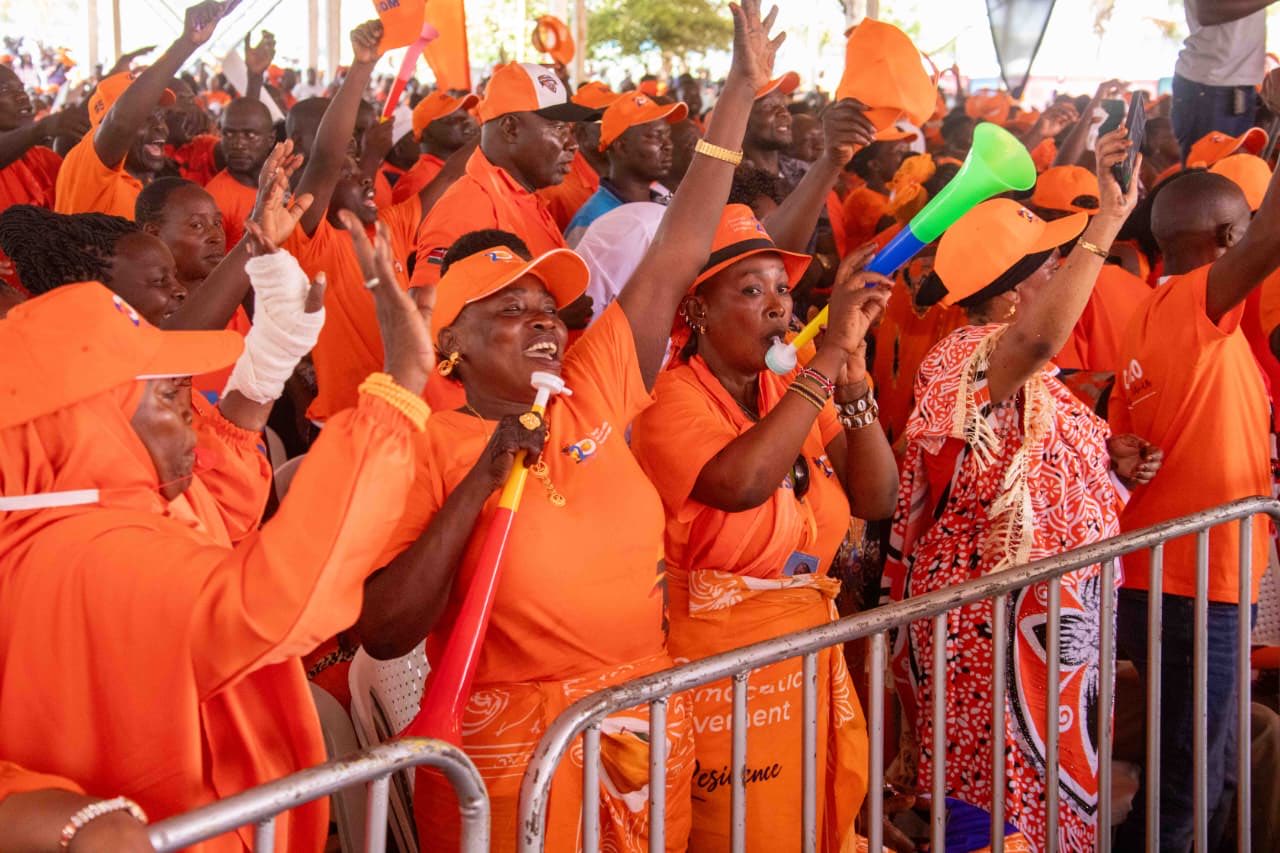 ODM supporters at the 20th Anniversary in Mombasa/HANDOUT
ODM supporters at the 20th Anniversary in Mombasa/HANDOUT
An act by the defunct Electoral Commission of Kenya (ECK) chairman, the late Samuel Kivuitu, 20 years ago, may have inadvertently given birth to the Orange Democratic Movement (ODM).
Kivuitu, who was tasked with conducting the referendum on the proposed constitution, called both the No and Yes sides to his Anniversary Towers office to assign them symbols for their respective camps.
“At arrival, Kivuitu was carrying two fruits, an orange and a banana. He handed over a banana to us, but quickly returned it and instead handed the orange to us. I don’t know what could have happened had we taken the banana,” ODM’s founding chairman Henry Kosgey recalled.
The referendum pitted President Mwai Kibaki’s PNU side, which supported the Yes vote, against the No team led by his renegade ministers who had teamed up with the opposition Kanu. Raila Odinga, who pushed for devolution, led the government rebels.
It was during one of the rallies in Kisumu that former Tourism Minister Najib Balala declared that the Orange team would be transformed into a political movement, drawing thunderous cheers from the crowd.
President William Ruto, Kosgey, Dr Oburu Oginga and Prof. Anyang’ Nyong’o recalled that the idea emerged at the Imperial Hotel, where the leaders were meeting before the rally.
“What I didn’t know then was that it was Dr Oburu who conspired with Balala to make the proclamation,” President Ruto recalled. Balala skipped the Founders Dinner as he was said to be out of the country.
Other than Raila, Ruto, Nyong’o, Kosgey and Dr. Oburu, other founders included former President Uhuru Kenyatta, Wiper leader Kalonzo Musyoka, Prime Cabinet Secretary Musalia Mudavadi, former Thika Mayor Mumbi Ngaru, Mining CS Hassan Joho, and his EAC counterpart Beatrice Askul, among others.
After the Imperial Hotel meeting, the leaders moved to Machakos, where they were to draft the party instruments, despite reservations from members who were at the time either in government or in opposition to Kanu.
“I was the secretary general of Kanu, while Uhuru was my chairman. The others were in the LDP and part of the government,” Ruto recalled.
After Machakos, the team realised that lawyer Mugambi Imanyara had already registered ODM, prompting them to register ODM Kenya through the network of former ODM Executive Director Janet Ongera, using lawyer Dan Maanzo—now the Makueni Senator—as the custodian.
After Maanzo declined to hand over the certificate and the group agonised over their next step, Raila told Kosgey that he had met Imanyara and asked him to present his demands.
“They met at some hotel along Lenana Road. Raila was the first thinker, and I remember him saying, ‘We now have a certificate,’” Kosgey said.
By 2007, ODM had assembled a juggernaut with Raila as the party leader, Ruto as his deputy, Kosgey as chairman and Nyong’o as secretary general.
ODM won a majority of seats in Parliament in the disputed 2007 elections, after which Kibaki was sworn in at night at State House, plunging the country into a near civil war that led to over 1,500 deaths and the displacement of half a million people.





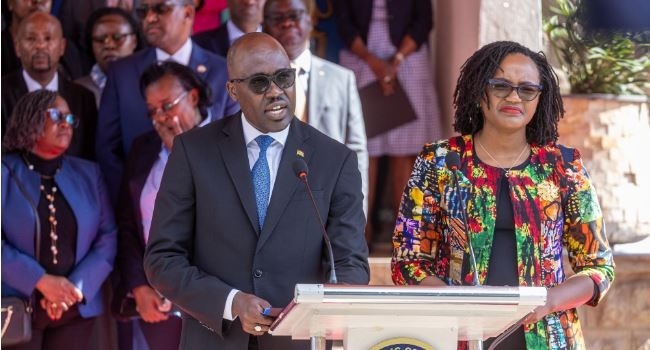
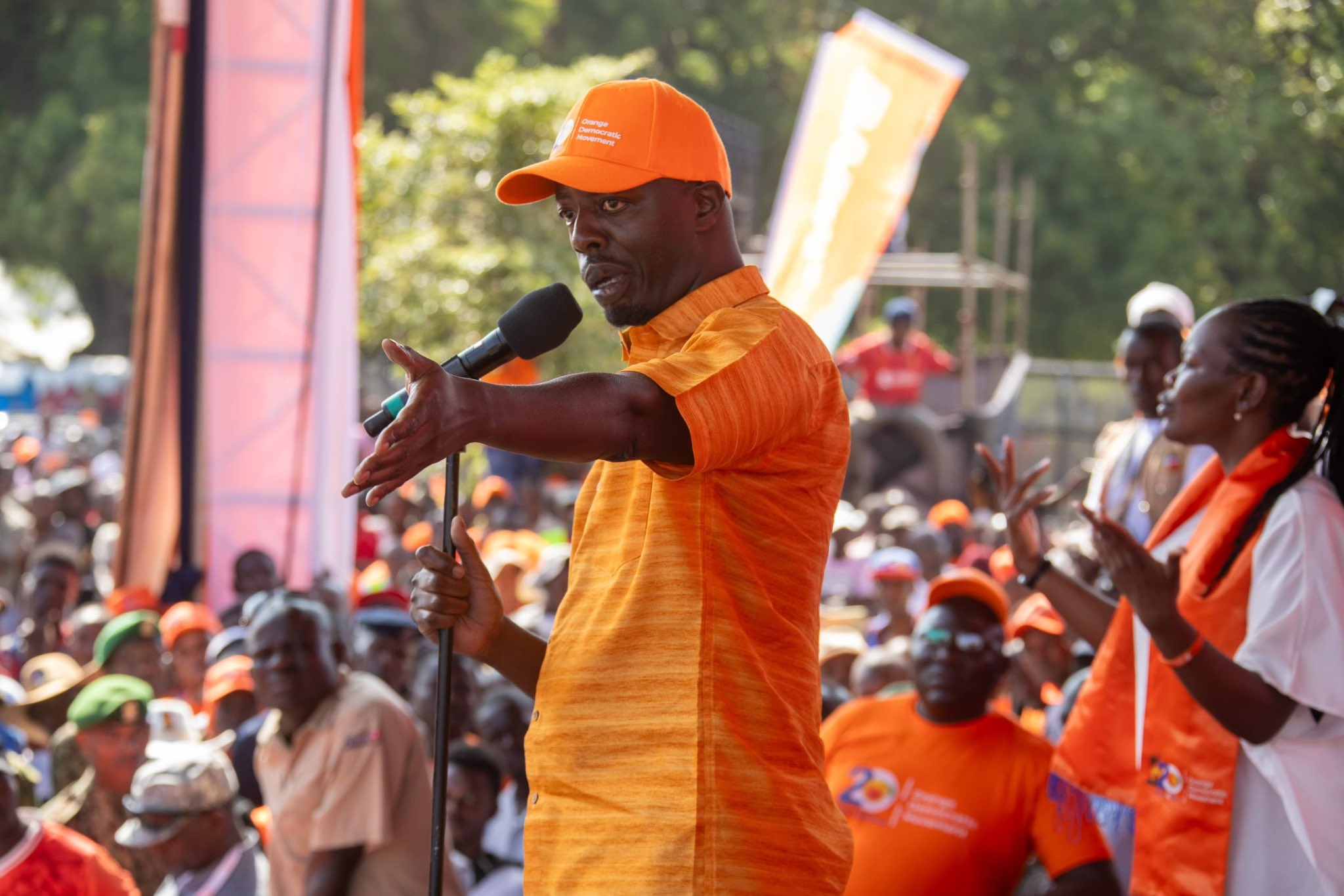

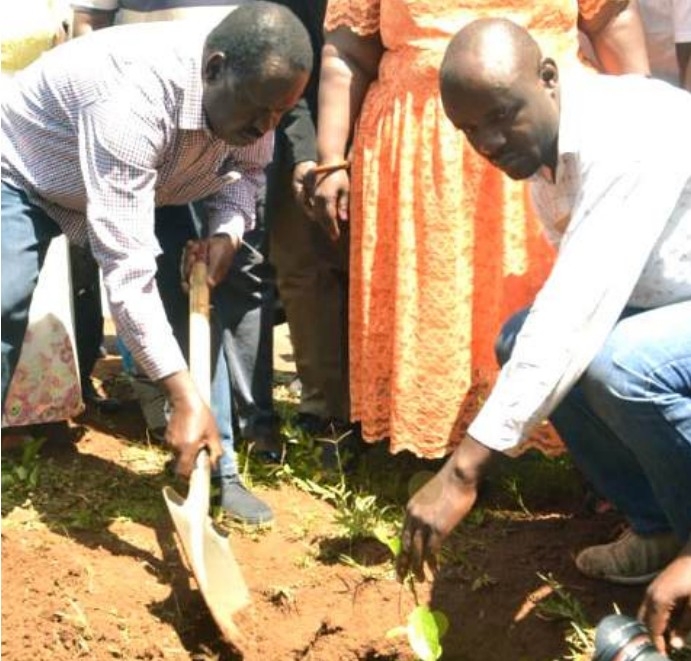
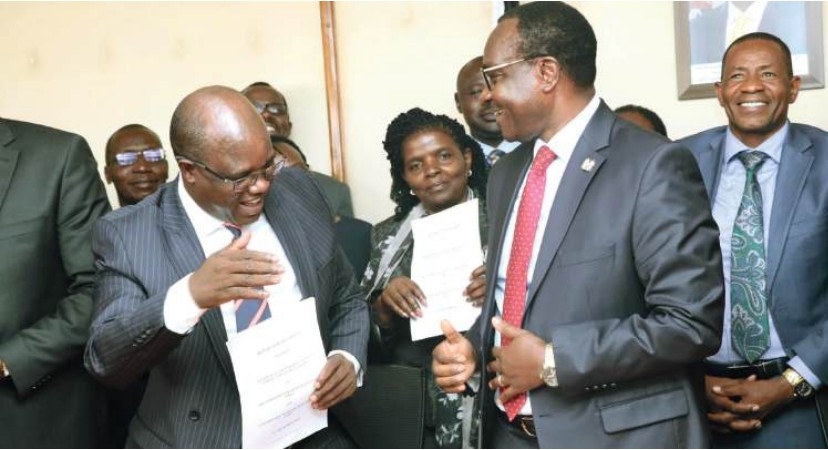
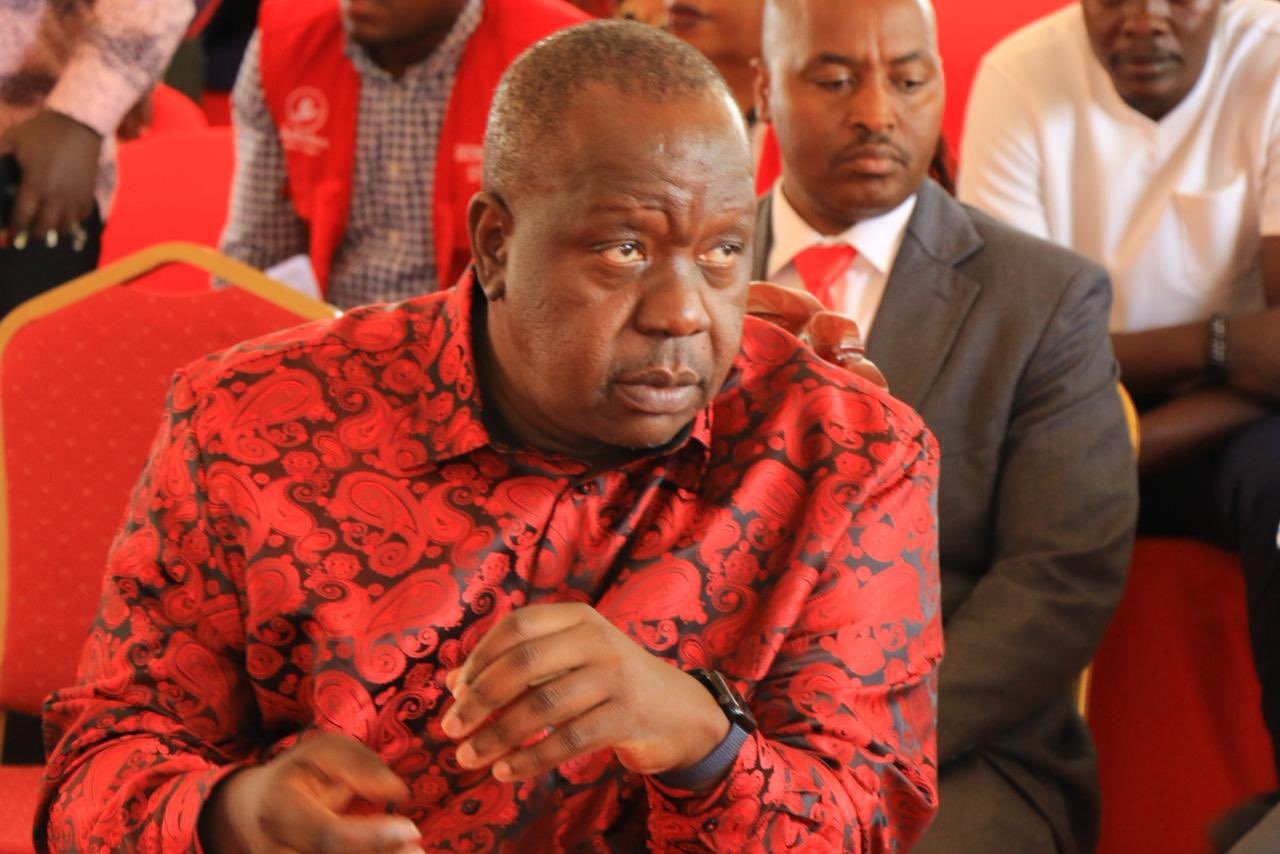
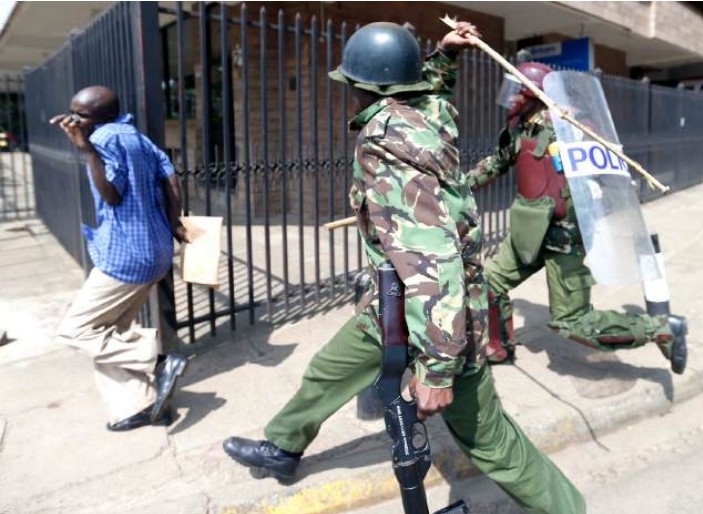
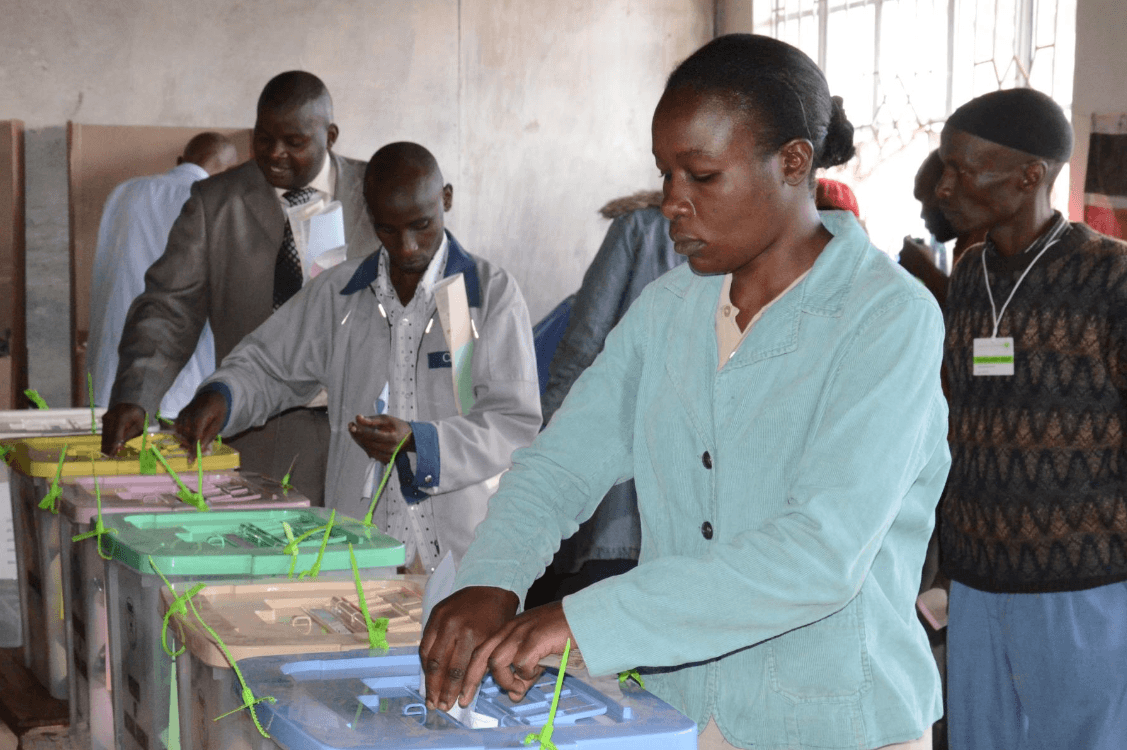

![[PHOTOS] How ODM@20 dinner went down](/_next/image?url=https%3A%2F%2Fcdn.radioafrica.digital%2Fimage%2F2025%2F11%2F99d04439-7d94-4ec5-8e18-899441a55b21.jpg&w=3840&q=100)
